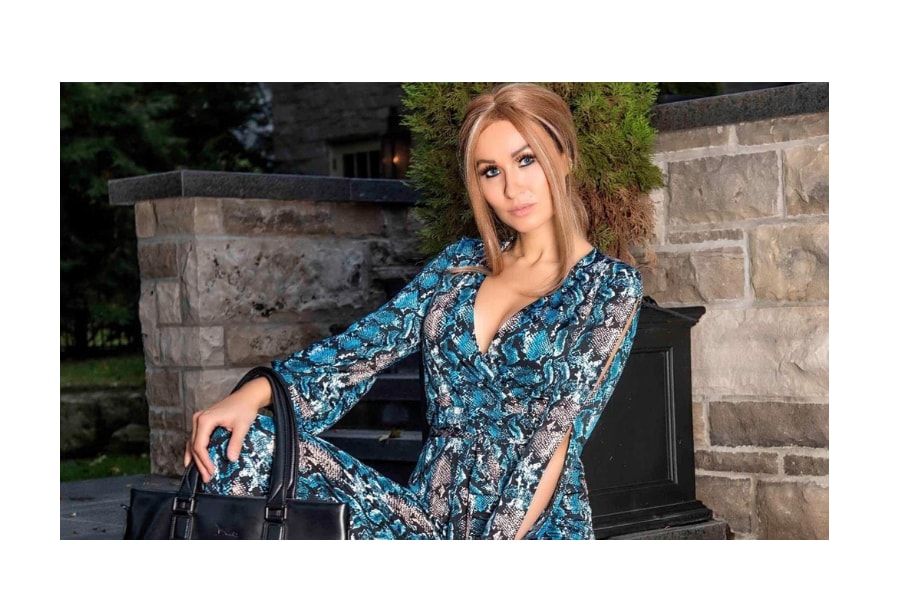
Vegan Fashion is the future – Interview with Vegan Fashion Canada founder, Vikki Lenola
Vegan Fashion Canada features conscious brands on the runway and a sustainable, vegan textile display

Vikki Lenola first captured the attention of media as a model and has since utilized this attention for good causes through her activism. With degrees in environmental studies and business, she recently set out to start her own non-profit; Vegan Fashion Canada features conscious brands on the runway and a sustainable, vegan textile display. Proceeds from the show benefit Animal Justice, a team of lawyers and other professionals helping animals in Canada. Brands already lined up to show include Doshi and The Honest Whisper. With experience producing fashion shows like at the Toronto Motorcycle Show, working with hundreds of brands as a model and brand ambassador, and having worked with animal rights organizations like PETA, it makes sense Lenola would be in charge of such a project. But what is vegan fashion anyway? Why does it matter? How is it relevant to India and the rest of the world? We set up an interview to get the scoop on this increasingly popular buzzword in the fashion industry.
What inspired you to start Vegan Fashion Canada?
As an activist I have done a lot of friendly community outreach. We have great conversations with people. One thing I noticed was that, when talking about animal exploitation for clothing, some people would ask what else they could wear for shoes if not leather. I was shocked so many people had no clue about their other options. This question was coming from sincere people who really did not know. I became very interested in showing people that alternatives exist without sacrificing style or quality.
Excellent. So what is vegan fashion exactly, for those who still might not know?
I think there is a lot of misunderstanding about what the word “vegan” means. It goes beyond a diet; it’s a lifestyle where you do the best you can to avoid harming other sentient beings. That includes what you wear. So vegan fashion would mean clothing or accessories that do not use any “material” that comes from an animal. Thankfully, in modern times it’s not necessary. Unless you’re still living a truly hunter-gatherer lifestyle without choice. That probably doesn’t apply to anybody who can name a celebrity or is reading this online.
What are our options when it comes to vegan fashion?




